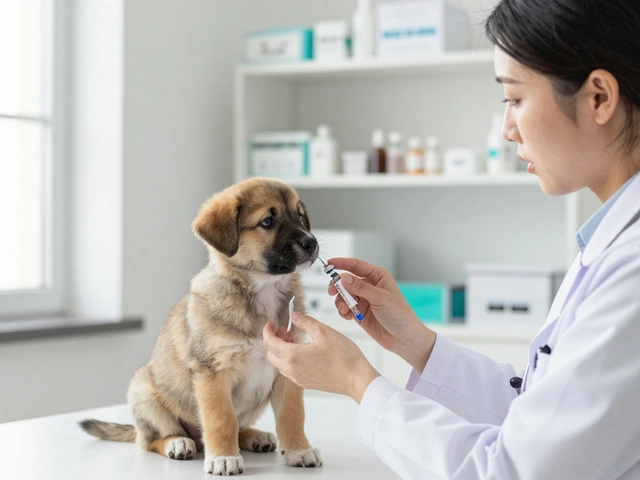Cat Food Guide: Find the Right Food for Your Feline
Choosing cat food can feel overwhelming. There are endless brands, dry kibble, wet cans, and special formulas. The good news? You don’t need a degree in nutrition to pick a solid meal for your cat. Below you’ll get straight‑forward advice on what to look for, when to mix dry and wet, and how to avoid common mistakes.
Dry vs. Wet: What’s the Real Difference?
Dry cat food (kibble) is cheap, easy to store, and helps keep teeth clean because the crunch can scrape plaque. It’s also convenient for free‑feeding – just leave a bowl out and your cat can snack all day. The downside is low moisture content, which can lead to dehydration if your cat doesn’t drink enough water.
Wet cat food packs about 70‑80% water, so it boosts hydration automatically. Many cats love the texture and flavor, which makes it a great choice for picky eaters. Wet food is usually higher in protein and lower in carbs, matching a cat’s natural diet. The trade‑off is higher cost and the need to refrigerate leftovers.
Mixing Dry and Wet: A Simple Strategy
Most vets agree that a combo of dry and wet gives the best of both worlds. Start by offering a small portion of wet food at meal times and keep a bowl of dry kibble for snacking. If your cat seems full after the wet portion, you can reduce the dry amount to avoid over‑eating.
Watch the portion sizes. A typical adult cat needs 20‑30 calories per pound of body weight per day. Check the label on each product, add the numbers together, and adjust portions until you hit the target. This prevents weight gain and keeps energy levels steady.
Transitioning between foods should be gradual. Mix 25% new food with 75% old food for a few days, then shift to a 50/50 blend, and finally go full new food. This helps avoid upset stomachs and reduces the chance of vomiting.
When picking a brand, read the ingredient list. Look for real meat as the first ingredient – chicken, turkey, or fish. Avoid meals that start with “by‑product meal”, “corn gluten”, or “wheat filler”. A short list of trustworthy ingredients usually means higher quality nutrition.
Special needs cats (those who vomit often, have kidney issues, or need weight management) benefit from targeted formulas. For vomiting cats, a limited‑ingredient diet with easy‑digestible proteins can make a big difference. Kidney‑support foods often have reduced phosphorus and sodium.
Don’t forget to factor in your cat’s age. Kittens need higher calories and more protein to support growth. Senior cats may need joint‑support additives like glucosamine and a lower calorie count to prevent obesity.
Finally, keep fresh water available at all times. Even if you feed wet food, some cats prefer to drink from a separate bowl. A water fountain can encourage hydration and make the water more appealing.
With these simple steps – pick a quality dry and wet brand, balance portions, and watch for special dietary needs – you’ll feel confident that your cat’s bowl is full of food that supports health, happiness, and a long, active life.
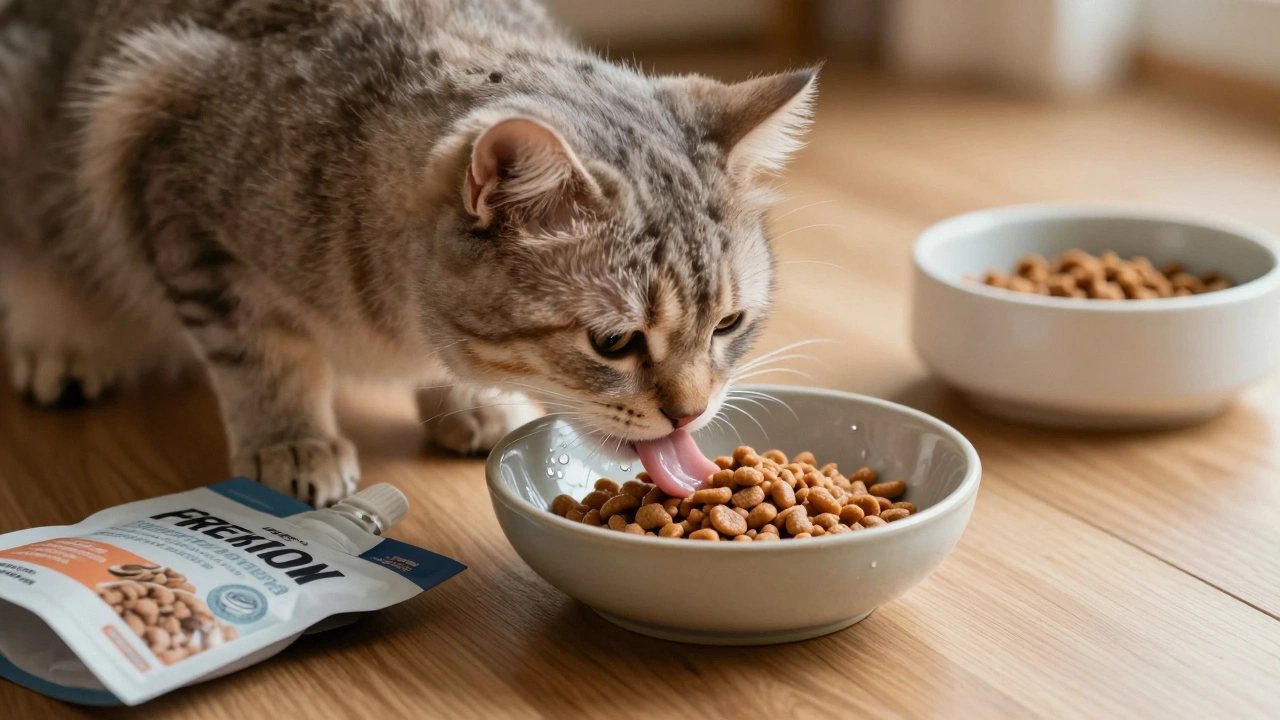
Is Wet or Dry Food Better for Cats? The Real Difference Explained
Wet food is better for most cats because it provides essential hydration, supports kidney and urinary health, and matches their natural diet. Dry food can lead to dehydration and weight gain.
read more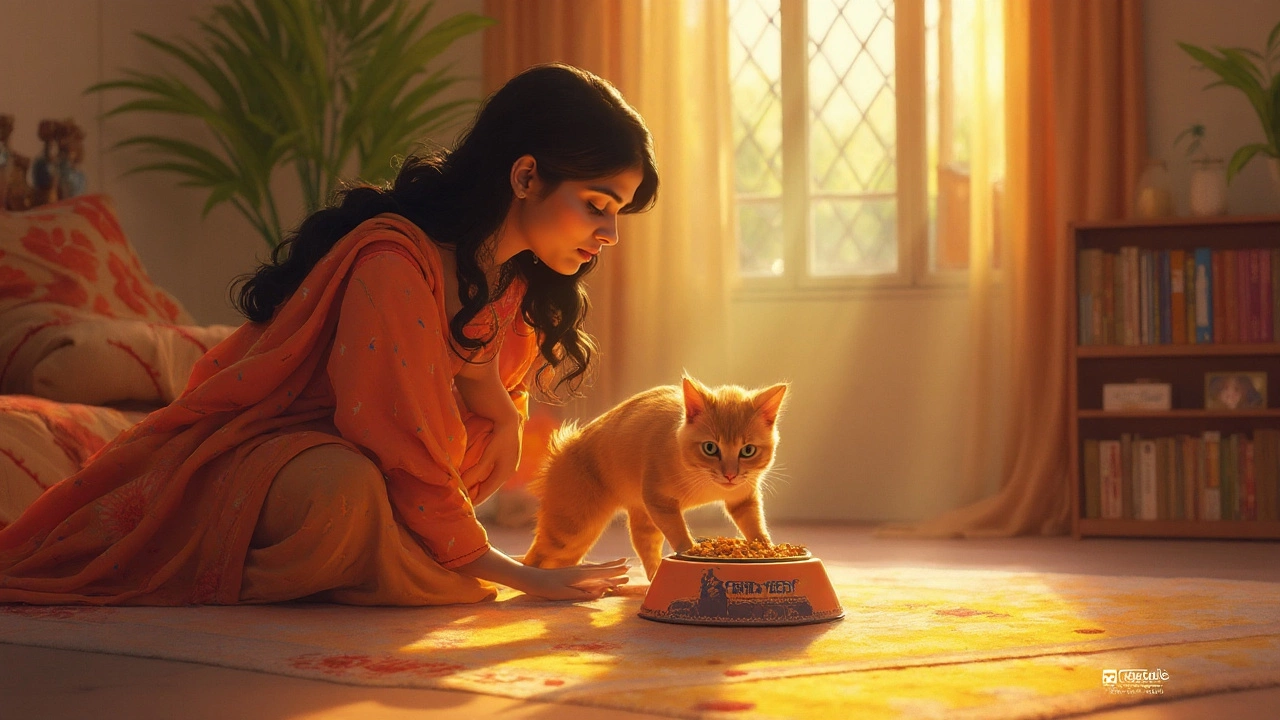
Are Purina and Fancy Feast Owned by the Same Company?
Find out if Purina and Fancy Feast belong to the same parent company, explore their histories, ownership structures, and what it means for cat owners.
read more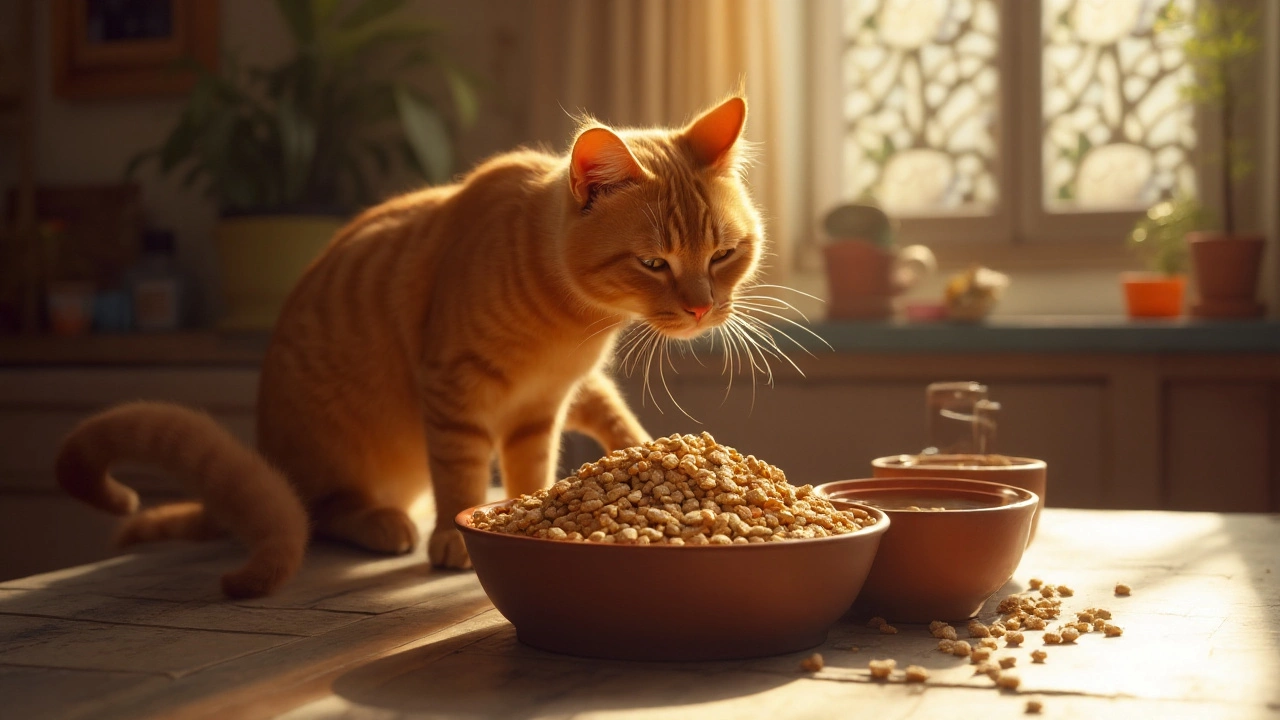
Can Cats Live on Dry Food Alone? Pros, Cons & Best Practices for Feline Diet
Do cats thrive on dry food only? Learn the facts, science, pros and cons of an all-dry kibble diet for your feline, and what vets really say about it.
read more
Can I Mix Wet Food with Dry Food for My Cat? Your Real-Life Guide
Mixing wet and dry food for your cat isn’t just allowed—it can have real benefits if you do it right. This article explains why some cats do better with a combo meal, what to watch out for with portion sizes and freshness, and how to make the switch without upsetting sensitive feline stomachs. Find out what vets say and how real cat owners handle picky eaters or hydration issues. Get the facts, tips, and hacks to keep your cat healthy and happy.
read more
Do Cats Live Longer on Wet Food? Real Answers and Practical Tips
Wondering if wet food helps cats live longer? This article breaks down what science and real cat owners have noticed about feeding wet food, especially as cats age. Learn how wet food affects health, hydration, and picky eaters. Get tips for switching foods and handling common cat food dilemmas. Stay tuned for honest, practical advice that makes a real difference for your cat.
read more
Why Do Vets Recommend Dry Food for Cats?
Choosing the right food for your cat can be daunting, especially with numerous options on the market. Many vets suggest dry food due to its convenience, cost-effectiveness, and benefits for dental health. This article explores why dry food remains a popular choice among veterinarians, debunking myths and offering practical tips for your feline friend's diet. Learn the key reasons behind vet recommendations and how to make informed choices for your pet's health.
read more
Best Cat Food for Cats That Throw Up: A Practical Guide
Finding the right cat food for felines that frequently throw up can be a game-changer. Often, the solution lies in understanding their unique dietary needs. Whether it's addressing food sensitivity or opting for specialized recipes, there are ways to help your cat enjoy meals without discomfort. The right knowledge can help reduce those unpleasant clean-up sessions.
read more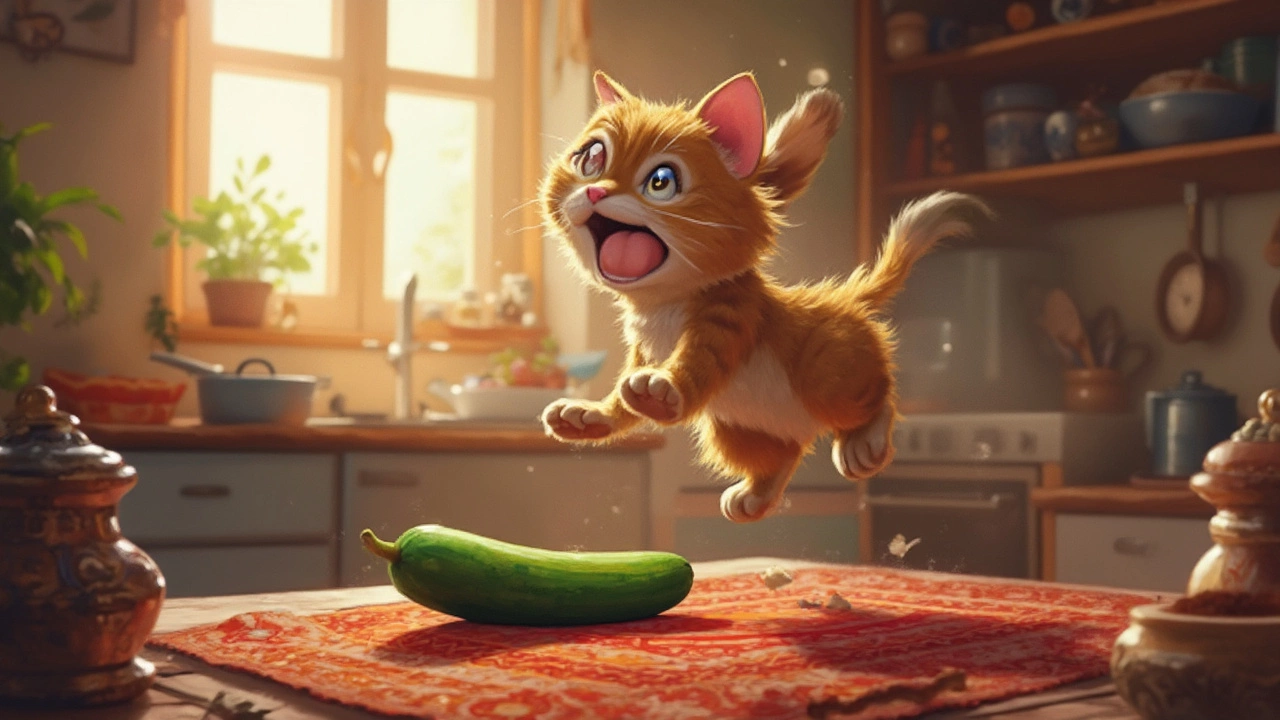
Why Are Cats Afraid of Cucumbers? Unraveling the Mystery
Have you ever seen a video of a cat springing into the air at the mere sight of a cucumber? While it might bring laughter, this curious reaction has people wondering why cats are afraid of cucumbers. This article will explore the heart of this peculiar behavior, looking into cat instincts, environmental sensitivities, and the role of cat food in maintaining their well-being. Learn about the psychology behind these feline reactions and how to safely engage with your pet.
read more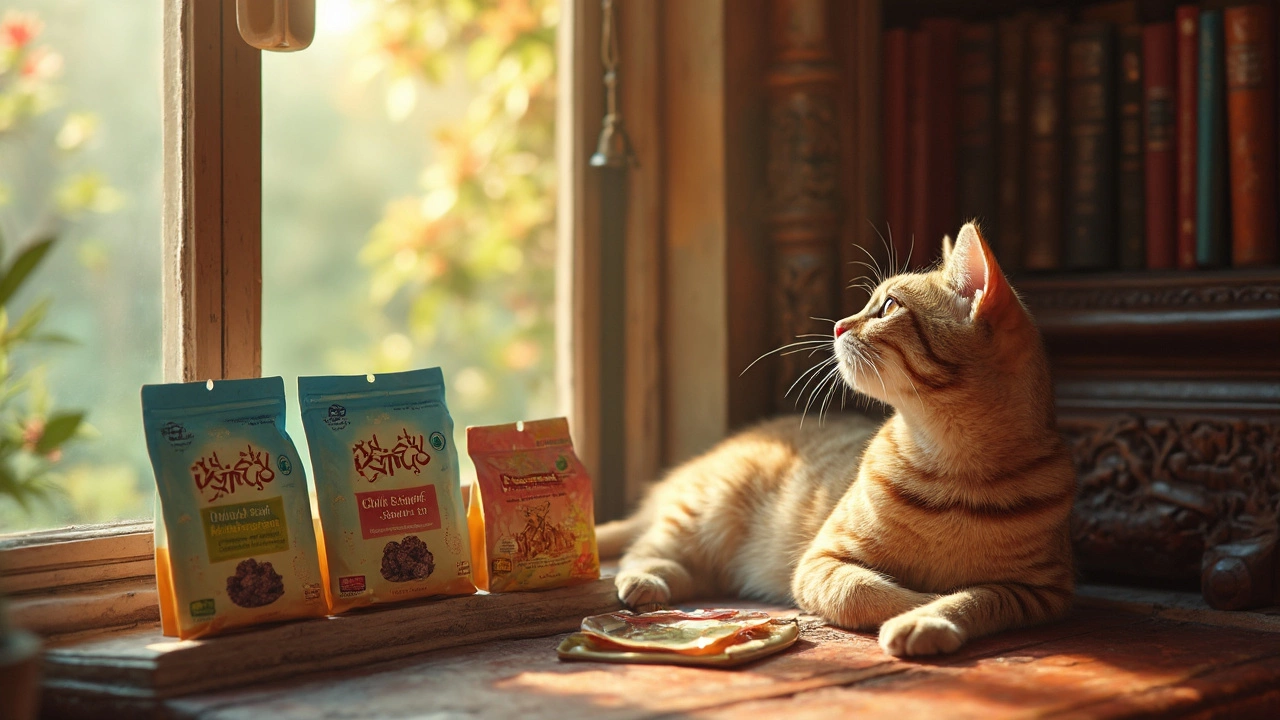
Can Cats Thrive on Just Dry Food?
Is it possible for cats to live a healthy life on a diet of only dry food? This article explores the nutritional needs of cats, the benefits and drawbacks of dry food, and important tips for ensuring your furry friend stays healthy. Dive into essential insights about feline hydration, the importance of balanced meals, and how to make the best choice for your pet.
read more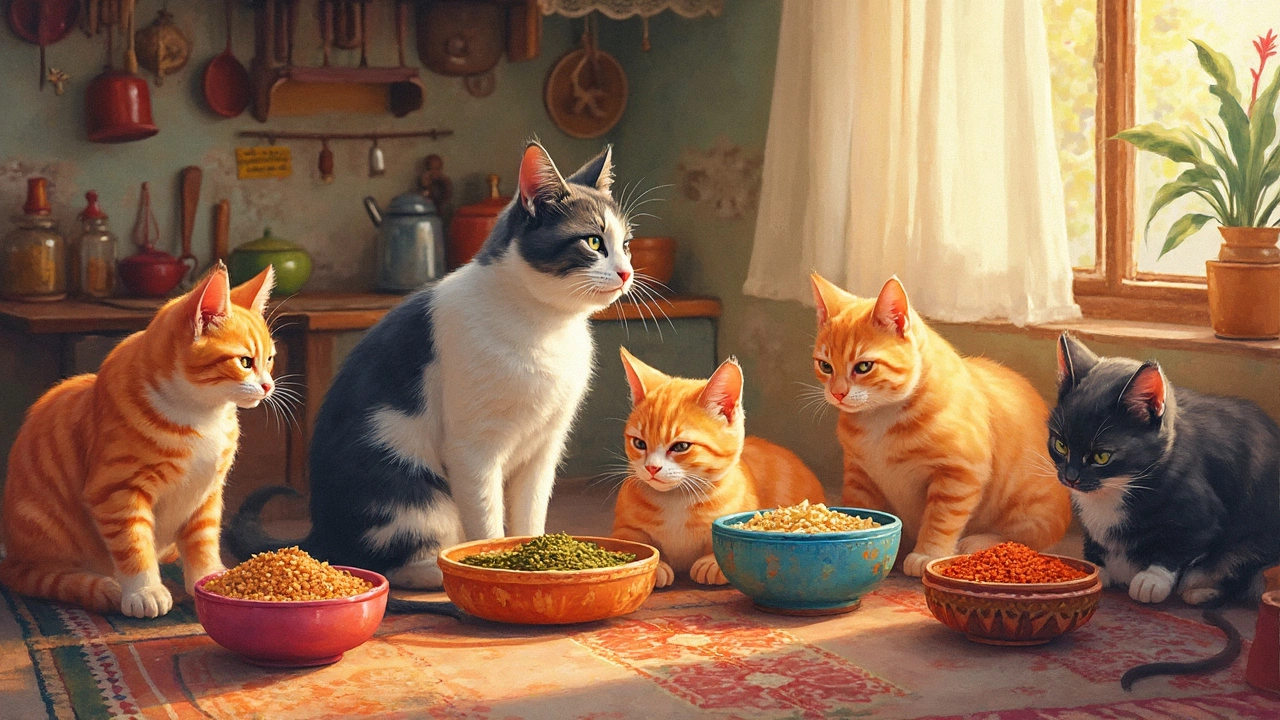
Best Cat Food: What to Look For
Choosing the right cat food can be overwhelming with so many options available. This article explores what makes a good cat food, examining ingredients, nutritional balance, and the pros and cons of dry versus wet options. Whether you're dealing with a picky eater or a cat with special dietary needs, we've got practical tips to guide you. Know what to avoid and what to look for to keep your feline friend healthy and happy.
read more